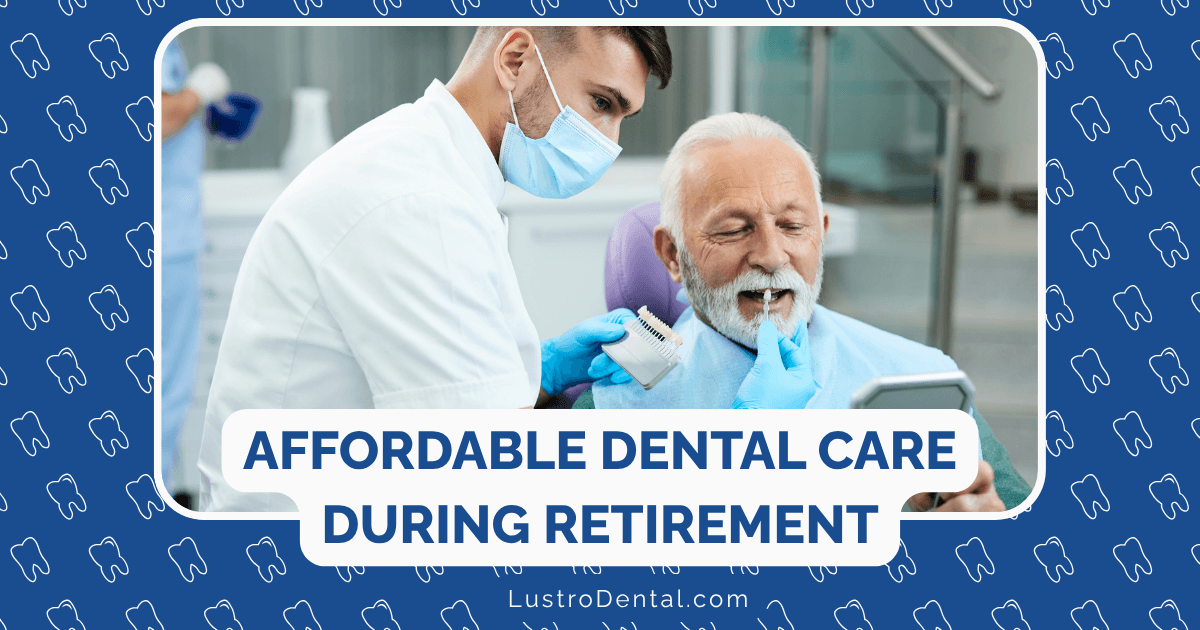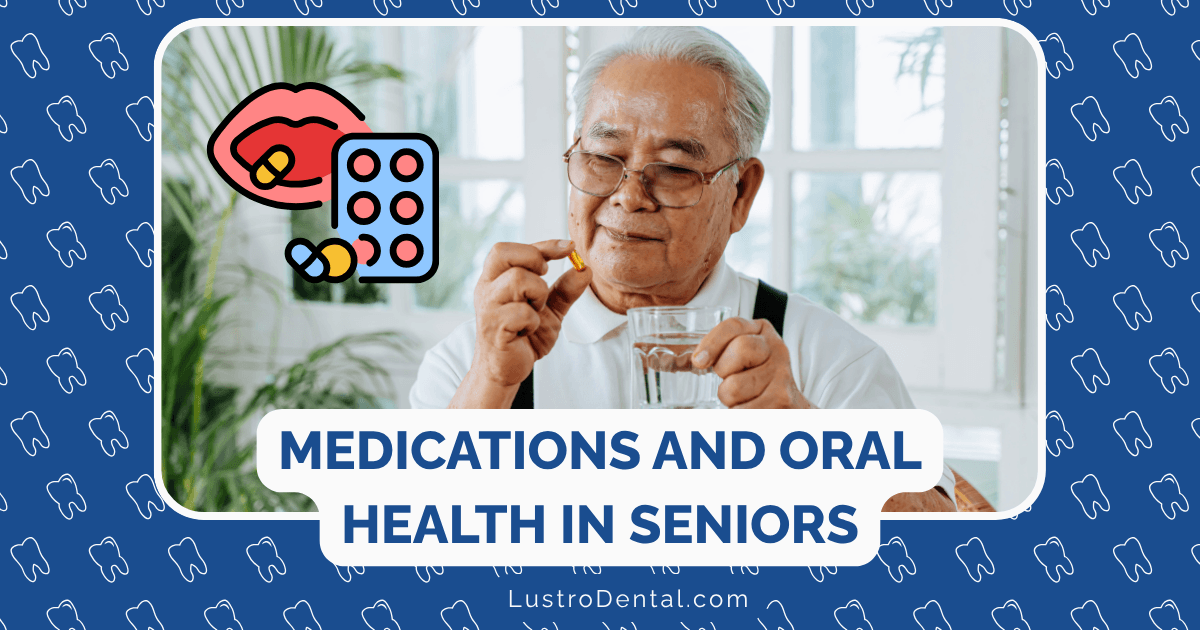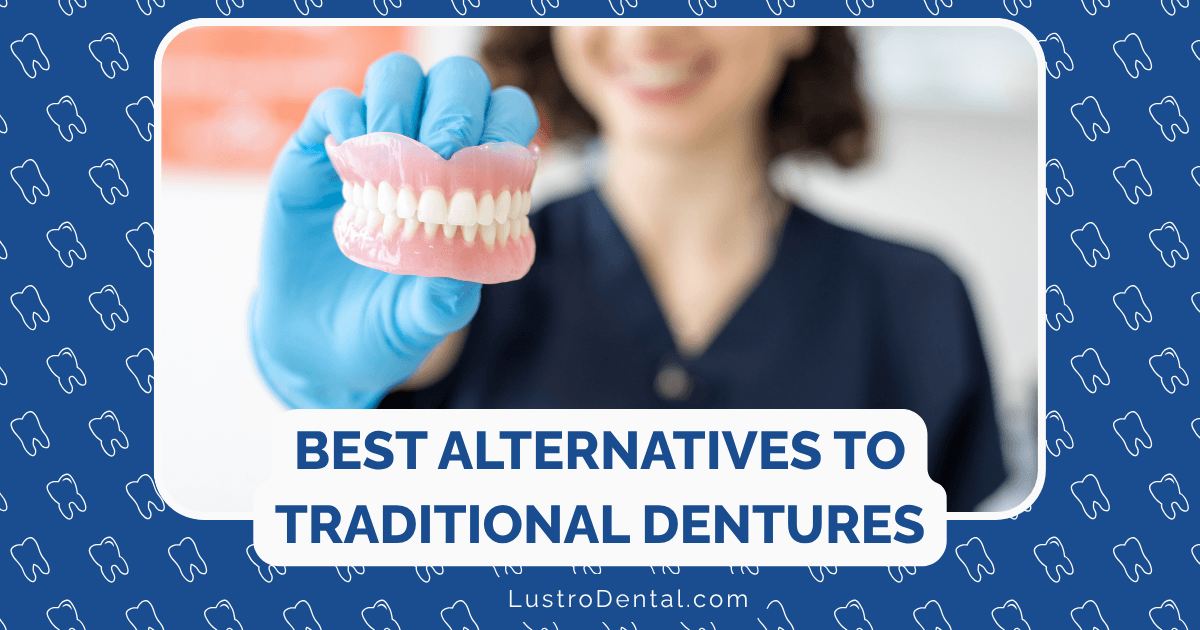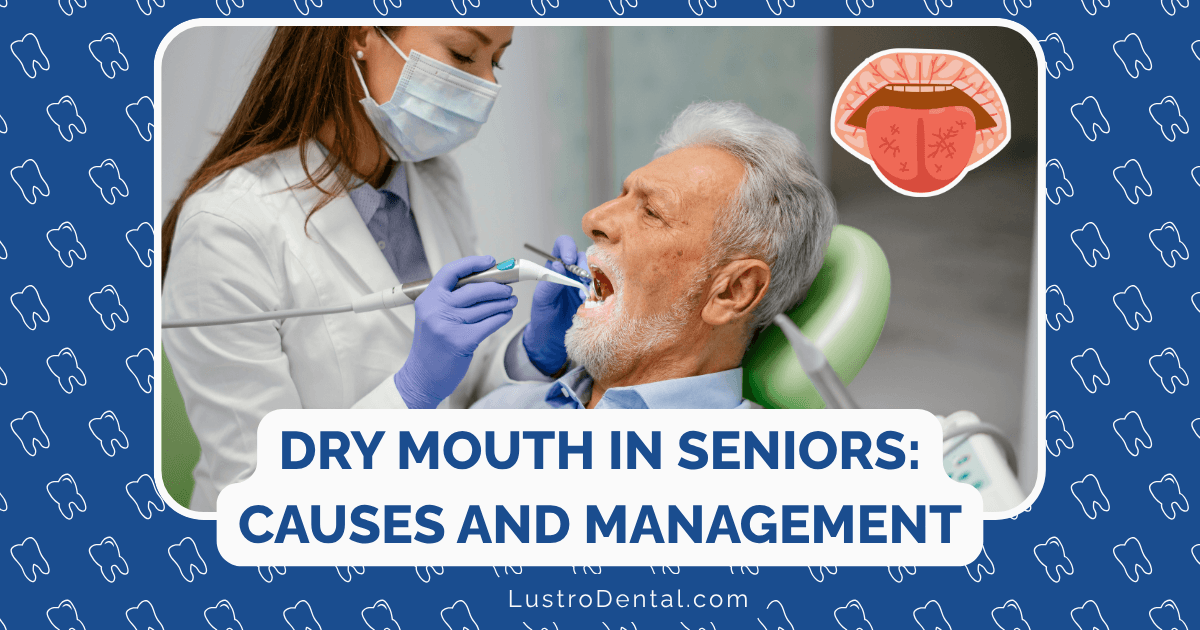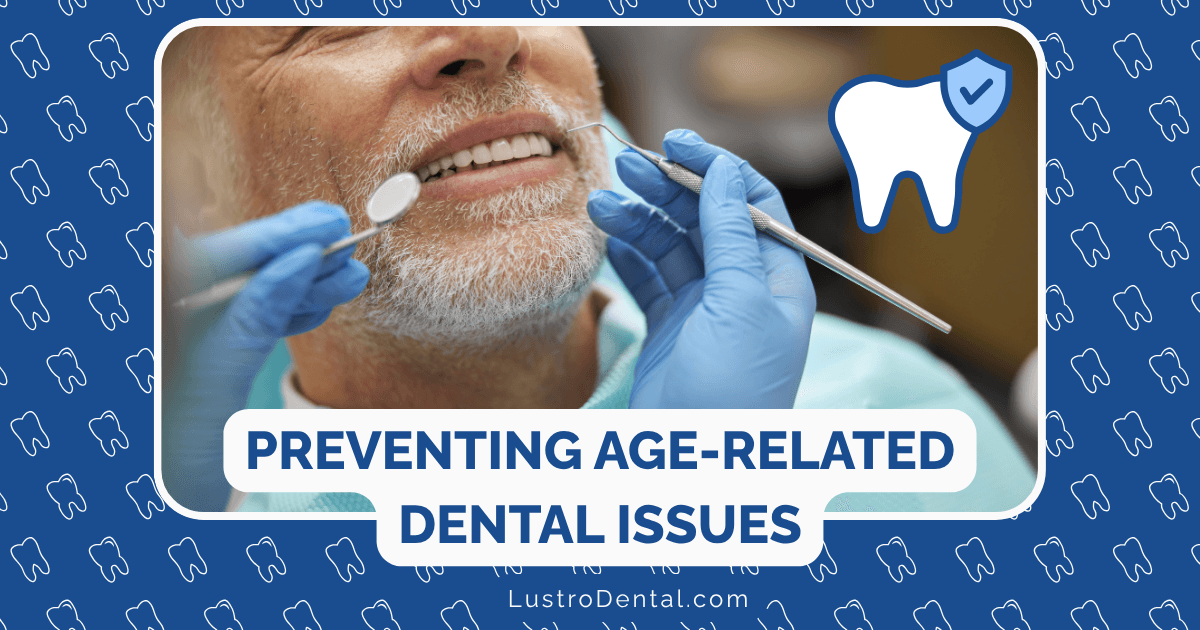Preventive Focus in Your 30s and 40s: Avoiding Major Dental Work Later
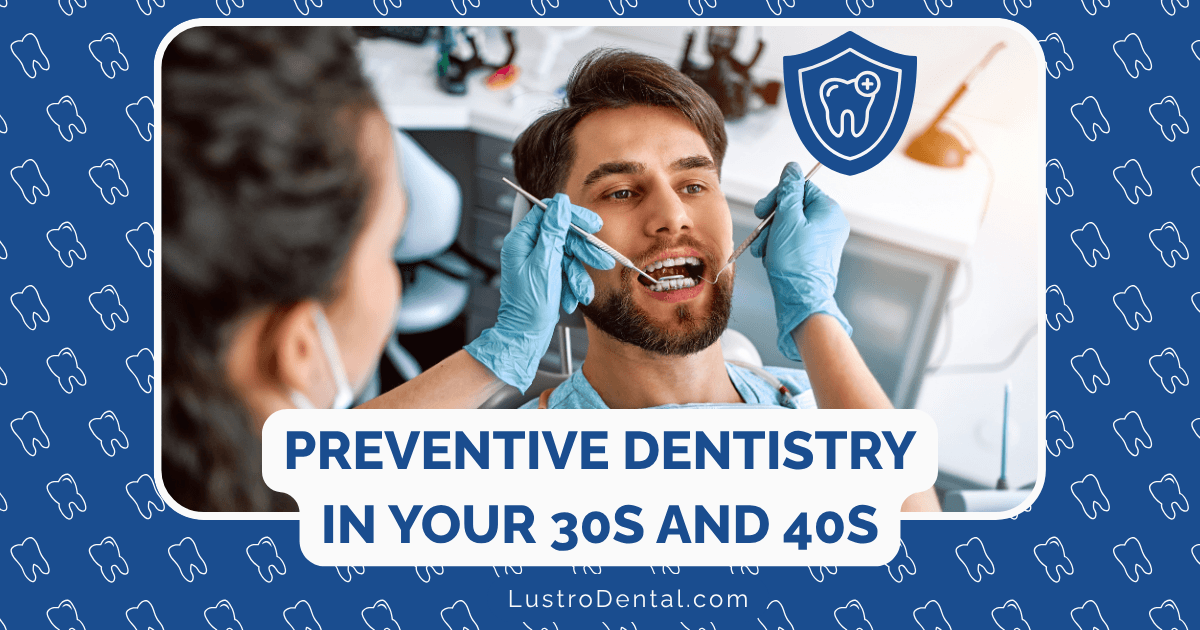
Your 30s and 40s are pivotal decades for dental health. While you may have skated by with minimal dental issues in your 20s, these middle decades often reveal the cumulative effects of your oral health habits—both good and bad. The preventive choices you make now can dramatically influence whether you’ll face extensive (and expensive) dental work in your 50s, 60s, and beyond.
This guide offers a comprehensive preventive dentistry strategy tailored specifically for adults in their 30s and 40s, helping you protect your smile for decades to come.
Why Your 30s and 40s Are Dental Turning Points
These decades represent a critical juncture for several reasons:
Biological Changes
- Enamel weakening: By your 30s, years of acidic foods, grinding, and normal wear begin to take their toll on tooth enamel
- Hormonal shifts: Pregnancy, perimenopause, and other hormonal changes can affect gum health and tooth stability
- Medication effects: Increased use of medications that may cause dry mouth or other oral side effects
Lifestyle Factors
- Career demands: Busier schedules often lead to neglected dental appointments and rushed oral hygiene
- Family responsibilities: Taking care of children’s dental needs while potentially neglecting your own
- Stress accumulation: Higher stress levels can lead to teeth grinding, clenching, and compromised immune function
Dr. Sarah Chen, preventive dentistry specialist at the American Dental Association, notes: “The dental decisions made in your 30s and 40s often determine whether you’ll keep your natural teeth throughout your lifetime. These are the decades when prevention truly pays dividends.”
Common Dental Issues That Begin or Accelerate in Your 30s and 40s
Understanding what you’re preventing can help motivate consistent care:
1. Periodontal (Gum) Disease
According to the CDC, nearly half (46%) of all adults aged 30 years and older show signs of gum disease. By age 45, this number climbs even higher.
Early signs to watch for:
- Bleeding when brushing or flossing
- Redness or puffiness along the gumline
- Persistent bad breath
- Slight recession where gums pull away from teeth
Why it matters: Left untreated, periodontal disease is the leading cause of adult tooth loss. It’s also been linked to serious health conditions including heart disease, diabetes complications, and certain cancers.
2. Cracked Teeth and Failing Restorations
Your 30s and 40s often reveal problems with older dental work and weakened tooth structures.
Signs to monitor:
- Sensitivity to hot, cold, or sweet foods
- Pain when biting down on specific teeth
- Visible cracks or chips
- Dark lines around old fillings
Why it matters: Small cracks can quickly progress to fractured teeth requiring crowns or even extractions. Failing fillings can allow new decay to develop beneath them, potentially leading to root canals.
3. Root Decay
Unlike the cavity-prone years of childhood that affect mainly the chewing surfaces, adults in their 30s and 40s become increasingly susceptible to decay at the roots.
What to look for:
- Sensitivity near the gumline
- Discoloration at the tooth/gum junction
- Pain when consuming acidic foods
Why it matters: Root decay progresses faster than crown decay due to thinner protection and can quickly reach the nerve, necessitating root canal therapy.
4. Tooth Wear and Erosion
Decades of use begin to show on tooth surfaces during these years.
Signs of concern:
- Flattened or shortened teeth
- Increased translucency at the edges of front teeth
- Yellowing (as thinner enamel reveals the dentin beneath)
Why it matters: Significant wear can alter your bite, lead to sensitivity, and eventually require extensive restoration with crowns or veneers.
Your Comprehensive Prevention Strategy
Professional Care: Beyond the Basics
1. Strategic Cleaning Schedule
The standard six-month cleaning interval isn’t one-size-fits-all. In your 30s and 40s, personalization becomes crucial.
Recommendations:
- Low risk profile: Healthy gums, excellent home care, no systemic conditions → Every 6 months
- Moderate risk: Early gum inflammation, some buildup, conditions like diabetes → Every 3-4 months
- High risk: Active periodontal disease, heavy buildup, multiple risk factors → Every 2-3 months
Dr. Michael Rodriguez, periodontist at Periodontal Health Institute, explains: “The cleaning frequency should match your individual risk factors. For many adults in their 30s and 40s, more frequent cleanings can prevent the progression from gingivitis to periodontitis, potentially saving their teeth.”
2. Comprehensive Examinations
Beyond the standard check-up, adults in these decades benefit from:
- Periodontal probing: Measuring the depth of gum pockets to catch early disease
- Bite analysis: Identifying wear patterns and potential TMJ issues
- Oral cancer screening: Thorough examination of all oral tissues
- Restoration assessment: Evaluating the integrity of existing fillings, crowns, etc.
3. Preventive Treatments Worth Considering
- Adult fluoride treatments: Not just for kids, professional fluoride applications can strengthen enamel and reduce sensitivity
- Dental sealants: For adults with deep grooves or recurrent decay
- Night guards: Custom-fitted to prevent damage from nighttime grinding
- Antimicrobial rinses: Prescription-strength options for those with early gum inflammation
Home Care: Upgrading Your Routine
1. Brushing Technique Refinement
Many adults have been brushing the same way since childhood, often incorrectly.
Modern recommendations:
- Electric toothbrush with pressure sensor (to prevent aggressive brushing)
- Two full minutes, twice daily
- 45-degree angle toward the gumline
- Gentle circular motions rather than sawing back and forth
Emily Warren, dental hygienist at Preventive Dental Associates, advises: “Many of my patients in their 30s and 40s are surprised to learn they’ve been brushing incorrectly their entire lives. Simple technique corrections can make a tremendous difference in preventing gum recession and enamel wear.”
2. Interdental Cleaning Evolution
Flossing remains essential, but adults in their 30s and 40s often benefit from additional tools:
- Water flossers: Particularly effective for cleaning around bridges, implants, and orthodontic work
- Interdental brushes: For larger spaces between teeth or exposed roots
- Floss picks with handles: For better access to back teeth
- Expanding floss: Designed to clean larger spaces more effectively
3. Targeted Product Selection
Your 30s and 40s are the time to move beyond generic dental products to those addressing your specific needs:
- Toothpaste for sensitivity: Contains compounds that block pain signals from exposed dentin
- High-fluoride options: Prescription-strength for those with recurring decay
- Anti-gingivitis formulations: Containing antibacterial ingredients for early gum issues
- Enamel-strengthening products: With ingredients that remineralize weakened areas
Lifestyle Modifications: Small Changes, Big Impact
1. Dietary Adjustments
What you eat and drink significantly impacts your dental health, especially as enamel naturally thins with age:
- Acid awareness: Limiting highly acidic foods and beverages (citrus, wine, coffee, soda)
- Strategic timing: Consuming acidic items with meals rather than alone
- Rinse, don’t brush: Rinsing with water after acidic foods, but waiting 30 minutes before brushing
- Calcium-rich foods: Increasing intake of cheese, yogurt, and leafy greens to strengthen teeth
2. Hydration Habits
Proper hydration becomes increasingly important for dental health in your 30s and 40s:
- Water after every meal or snack: To rinse away food particles and acids
- Fluoridated tap water: Provides continuous low-dose fluoride protection
- Hydration tracking: Ensuring adequate daily water intake to maintain saliva flow
James Peterson, nutritional consultant at Integrated Health Solutions, notes: “Many adults don’t realize that chronic mild dehydration significantly increases their cavity risk. Adequate hydration supports saliva production, your body’s natural defense against decay.”
3. Stress Management for Dental Health
Stress manifests in your mouth more than you might realize:
- Awareness of clenching/grinding: Conscious relaxation of jaw muscles throughout the day
- Sleep hygiene: Improving sleep quality to reduce nighttime grinding
- Stress reduction techniques: Meditation, exercise, or other methods to lower overall stress
Investment Analysis: The Financial Case for Prevention
For adults in their 30s and 40s often juggling multiple financial priorities, understanding the economics of prevention can be motivating:
Cost Comparison: Prevention vs. Treatment
Preventive Care (Annual):
- Two professional cleanings: $200-400
- Comprehensive exam with X-rays: $150-300
- High-quality electric toothbrush: $100-200 (amortized over several years)
- Professional fluoride treatments: $20-50 each
- Night guard for grinding: $300-500 (lasting 3-5 years)
- Total annual investment: Approximately $500-800
Potential Treatments Without Prevention:
- Single root canal and crown: $2,000-3,000
- Periodontal treatment for advanced gum disease: $1,500-4,000
- Dental implant to replace one lost tooth: $3,000-6,000
- Full mouth reconstruction: $30,000-90,000
Dr. Lisa Chen, dental economist at Dental Economics Institute, explains: “The math is clear—preventive dentistry in your 30s and 40s typically costs 10-20% of what major restorative work costs in your 50s and beyond. It’s one of the best returns on investment in healthcare.”
Personalized Prevention Plans by Risk Category
For Adults with Minimal Previous Dental Work
If you’ve been fortunate to reach your 30s or 40s with few fillings and healthy gums:
Focus areas:
- Maintaining excellent habits
- Addressing enamel wear from acidic foods
- Preventing dry mouth as you age
- Early intervention for any grinding/clenching
Recommended prevention schedule:
- Professional cleanings every 6 months
- Comprehensive exam with bitewing X-rays annually
- Full mouth X-rays every 3-5 years
- Consider fluoride treatments annually
For Adults with Multiple Restorations
If you have several fillings, crowns, or other dental work:
Focus areas:
- Monitoring existing restorations for failure
- Preventing secondary decay around fillings
- Strengthening remaining natural tooth structure
- Extra attention to gum health around dental work
Recommended prevention schedule:
- Professional cleanings every 4 months
- Comprehensive exam with bitewing X-rays every 6-12 months
- Full mouth X-rays every 3 years
- Fluoride treatments 2-4 times annually
For Adults with Early Periodontal Issues
If you’re showing signs of gum inflammation or early bone loss:
Focus areas:
- Aggressive plaque control
- Reducing inflammation
- Preventing attachment loss
- Monitoring for systemic health connections
Recommended prevention schedule:
- Professional cleanings every 3 months
- Periodontal evaluations every 6 months
- Comprehensive exam with vertical bitewing X-rays annually
- Consider antimicrobial treatments between visits
Special Considerations for Your 30s and 40s
Pregnancy and Oral Health
For women experiencing pregnancy during these decades:
- Increased cleaning frequency: Consider adding an extra cleaning during pregnancy
- Prompt treatment of inflammation: Addressing any gum issues quickly
- Open communication: Informing your dental team about pregnancy as soon as possible
- Timing of care: Second trimester is generally ideal for non-emergency treatment
Career Demands and Dental Care
For adults with demanding professional lives:
- Early morning or late evening appointments: Many dental offices now offer extended hours
- Block scheduling: Booking multiple family members consecutively
- Technology utilization: Exploring teledentistry options for consultations
- Workplace dental benefits: Fully understanding and utilizing your coverage
Caring for Aging Parents While Maintaining Your Own Health
For those in the “sandwich generation”:
- Coordinated appointments: Scheduling your care alongside parents’ appointments
- Shared transportation: Making efficient use of time and resources
- Family-friendly dental practices: Finding providers who can treat multiple generations
- Caregiver resources: Accessing support for managing multiple health responsibilities
Real-Life Success Stories: Prevention in Action
Case Study: Michael, 38
Starting point: Several old fillings from childhood, beginning to show signs of wear and leakage. Early morning teeth sensitivity.
Preventive approach adopted:
- Upgraded to electric toothbrush with pressure sensor
- Switched to high-fluoride toothpaste at night
- Added water flosser to daily routine
- Scheduled cleanings every 4 months
- Obtained custom night guard for mild grinding
Five-year outcome: Only one filling needed replacement, sensitivity resolved, and gum health improved. Estimated savings of $4,800 in avoided major dental work.
Case Study: Jennifer, 42
Starting point: Early signs of gum recession, one root canal already completed, high-stress job with irregular hours.
Preventive approach adopted:
- Scheduled first morning appointment every 3 months for cleanings
- Implemented stress-reduction techniques to reduce clenching
- Added prescription-strength fluoride rinse before bed
- Modified diet to reduce acidic beverage consumption
- Obtained custom-fitted athletic mouthguard for running
Five-year outcome: No additional root canals needed, recession stabilized, and overall dental anxiety reduced. Estimated savings of $7,200 in avoided periodontal treatment and additional root canals.
Technology and Tools to Support Prevention
Digital Monitoring
- Smart toothbrushes: Track brushing habits and provide real-time feedback
- Phone apps: Remind you of cleaning techniques and dental appointments
- Intraoral cameras: Allow you to see problem areas your dentist identifies
Preventive-Focused Products
- Prescription-strength remineralizing pastes: Available through your dentist
- Professional-grade water flossers: More effective than consumer models
- Custom-formulated mouthrinses: Tailored to your specific oral bacteria
Taylor Martinez, dental technology specialist at Dental Innovation Center, advises: “The best technology is the one you’ll actually use consistently. Find tools that fit seamlessly into your daily routine rather than those requiring significant habit changes.”
The Bottom Line: Your Action Plan
Immediate Steps (Next 30 Days)
- Schedule a comprehensive exam: If it’s been more than a year since your last visit
- Evaluate your home care tools: Consider upgrading your toothbrush, floss, and other products
- Track your habits: Monitor brushing time, flossing consistency, and dietary patterns
- Address any existing pain: Don’t postpone care for teeth that are already symptomatic
Medium-Term Goals (3-6 Months)
- Complete any recommended treatment: Address issues while they’re still minor
- Establish optimal cleaning frequency: Work with your dental team to determine your ideal schedule
- Implement dietary adjustments: Gradually modify habits that may be damaging your teeth
- Consider preventive treatments: Discuss options like fluoride treatments or night guards
Long-Term Commitment (Ongoing)
- Maintain consistent care: Both professional and home-based
- Reassess regularly: Your needs will evolve even within these decades
- Stay informed: Dental recommendations and technologies continue to advance
- Think beyond teeth: Remember the connection between oral health and overall wellness
Dr. James Wilson, preventive dentistry advocate at Comprehensive Dental Institute, summarizes: “The patients I see in their 60s and 70s with healthy, natural smiles aren’t there by luck—they’re there because of the preventive decisions they made in their 30s and 40s. Your future self will thank you for the attention you give your dental health today.”
By implementing a comprehensive preventive strategy during these crucial decades, you’re not just avoiding major dental work later—you’re investing in your overall health, confidence, and quality of life for years to come.
How have you prioritized preventive dental care in your 30s and 40s? Share your experiences or questions in the comments below!


